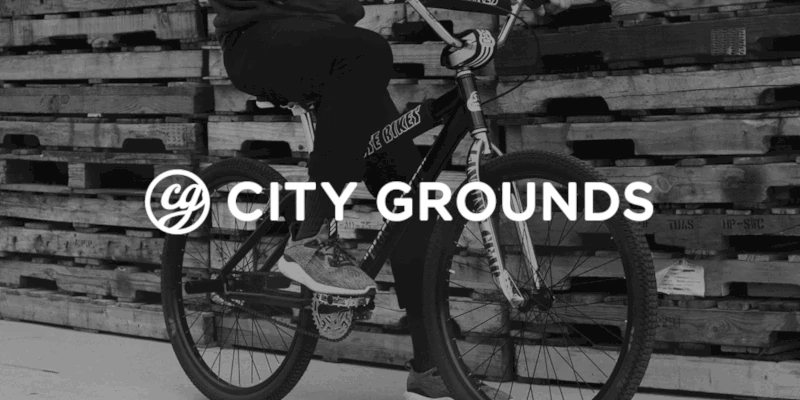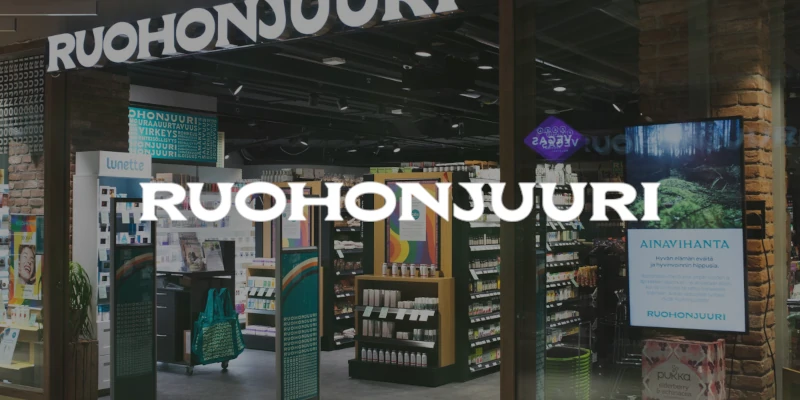Revenue Growth Automation
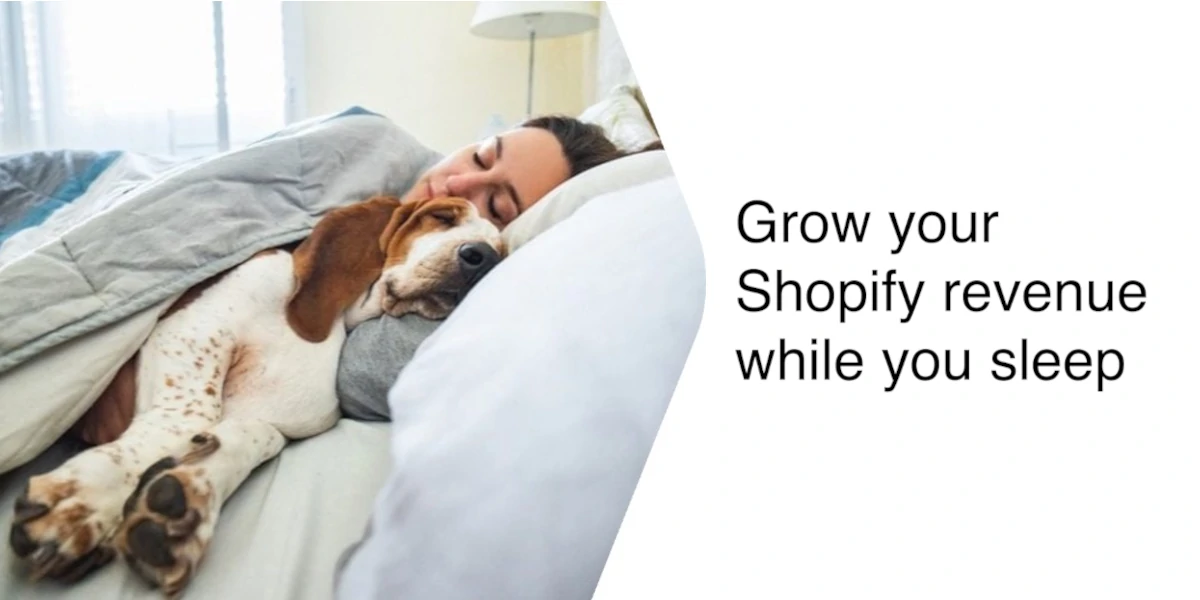
SUSTAINABLE REVENUE GROWTH: learn why the future of your online business depends on the ability to leverage customer data and artificial intelligence and how you can act to drive new revenue from existing web traffic.
Automation: unwritten law of business physics
Automation has its own gravitational pull. Inevitably, any business activity that can be automated becomes so.
In the early days automation was centered around repetitive activities such as the manufacturing assembly process.
Today, automation is found in self-driving cars, auto-pilots in the cockpits of modern planes, Wall Street trading systems, or the ability to land a rocket on a small platform in the middle of the ocean.
All of this is made possible by machine learning, known as Artificial Intelligence (AI), and scientific breakthroughs in the development of advanced computer algorithms.
Market changes disrupting Ecommerce
The complexity and workload involved in successfully running an Ecommerce business is growing by the day. Here are few big market changes that are forcing merchants to up their game.
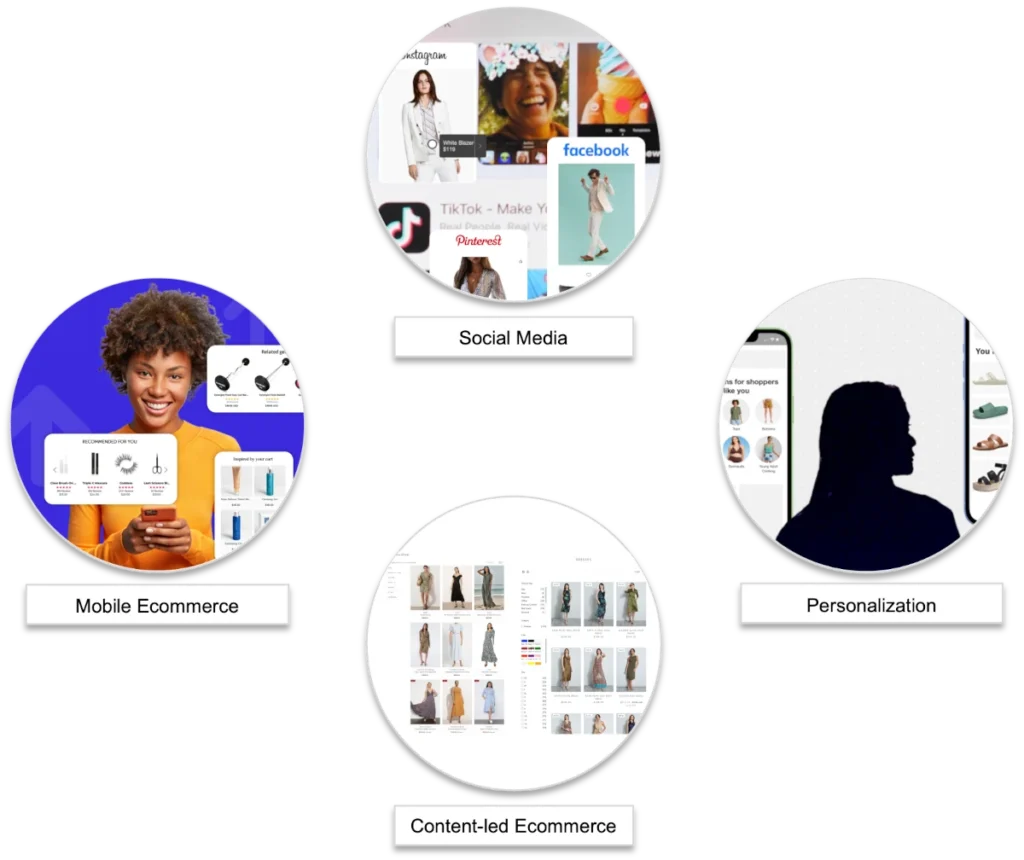
Social Media: social media sites have changed the nature of the online experience, with AI algorithms ‘reading the user’s mind’ and serving the right content at the right time. Social media users, comprising billions of people, are now expecting similar ‘addictively’ easy-to-use ecommerce shopping experiences, which are mostly non-existent. That’s why KPIs (Key Performance Indicators) from social traffic are super low relative to other channels.
Mobile Commerce: the majority of online shoppers are using mobile devices, and their share of the overall web traffic continues to grow. So-called responsive website designs, introduced to map the content from large desktop screens to smaller devices, are not effective. Closing this gap is one of the most direct ways of driving new revenue from existing traffic.
Content-led Ecommerce: SaaS ecommerce platforms, like Shopify, have made it possible for millions of brands to easily and economically establish online presence. Unfortunately, widespread use of common site themes have turned online brands into lookalikes. To differentiate and create a unique brand image many brands are moving in the direction of ‘headless’ sites that separate content from ecommerce. Shogun and few others are introducing amazing headless page builders, but this transformation is still costly to implement and maintain for a great majority of online stores.
Personalization: big brands have realized that their customers expect buying experiences tailored to their individual needs and deployed personalized product recommendations. This explains their year over year revenue growth results and growing competitive advantage. Unfortunately, personalization is used by less than 10% of all brands.
The ‘Big Boys’ are raising the competitive bar to new heights
The largest businesses are very aware of the value of customer data and the market potential of using AI algorithms, and they are investing heavily in such technologies. They are systematically automating every point of customer interaction to maximize revenue potential.
The results of their efforts are in full display on their sites. The most visible and the best example is Amazon’s marketplace.
EXAMPLE:
Almost every component on Amazon’s marketplace is a revenue growth ‘hack’ – AI algorithm powered module used to unlock the revenue potential of different visitors with different needs.
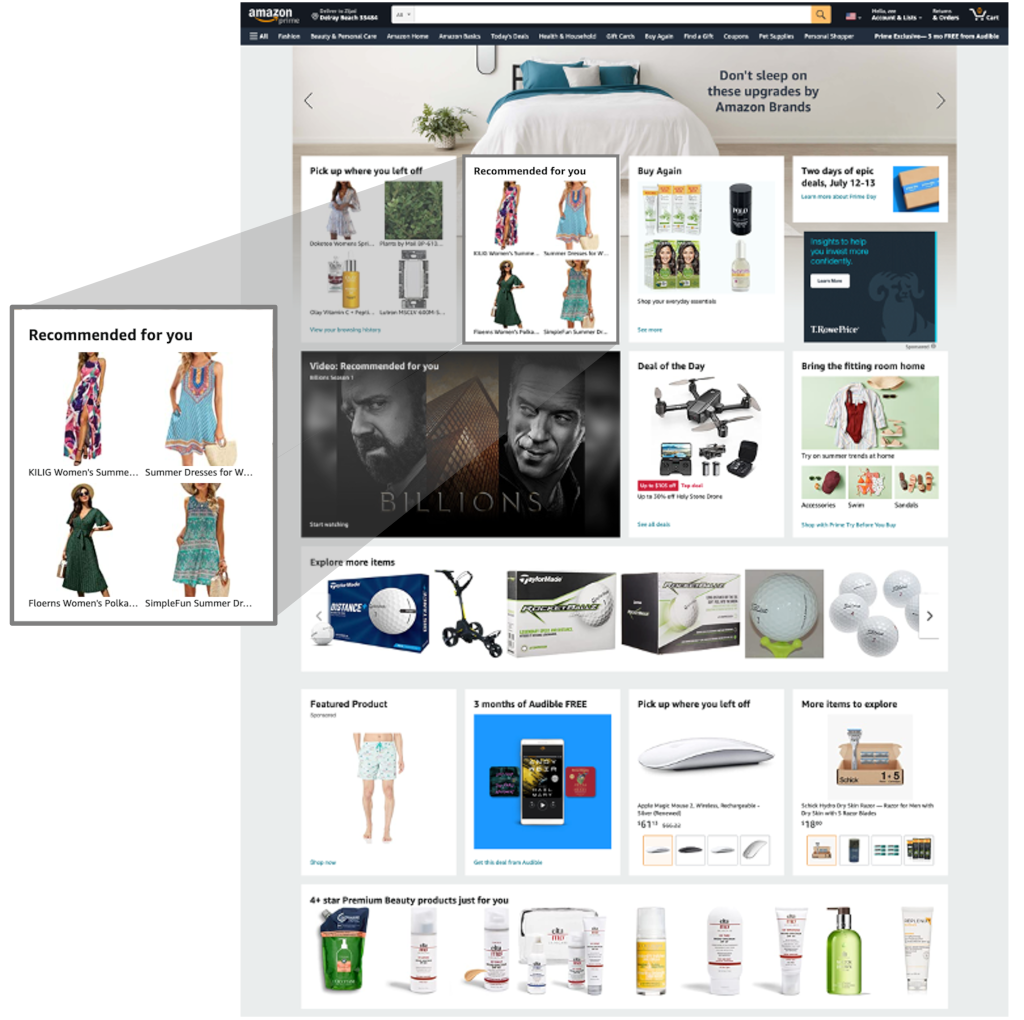
Others can’t easily compete
Most, if not all, resources at a typical online brand are busy retailing.
Merchants are not technologists capable of integrating disjointed customer data, or data scientists experienced in using AI algorithms. Not to mention that domain expertise and best practices are in short supply.

Introducing Revenue Growth Automation
Revenue Growth Automation is a new breed of ecommerce technology introduced to democratize the use of customer data and AI algorithms in the quest for new revenue from existing web traffic.
It elevates current manual or poorly automated revenue generating activities, like discounting, upselling, cross-selling, merchandizing, and product recommendations, to a whole new level of ease-of-use and revenue performance.
Now, merchants of any size can benefit from the same capabilities previously available only to the ‘big boys.’
Why Revenue Growth Automation
You can view each revenue transaction on your site as the outcome of a long chain of visitor interactions that produced the ultimate conversion, the purchase.
If a single link in the chain – a customer interaction – is broken, the purchase fails.
Since successful customer interaction depends on the type of audience, individual needs, and stage of the buying journey, the optimum experience is not the same for every visitor.
To manually generate a customer-specific experience one would need to analyze data and experiment to figure out what works best for each of the many different scenarios. Developing such a solution is complex and labor intensive.
This is where intelligent automation comes in. When done correctly it produces the amazing results shown below.
REAL LIFE CUSTOMER EXAMPLE:
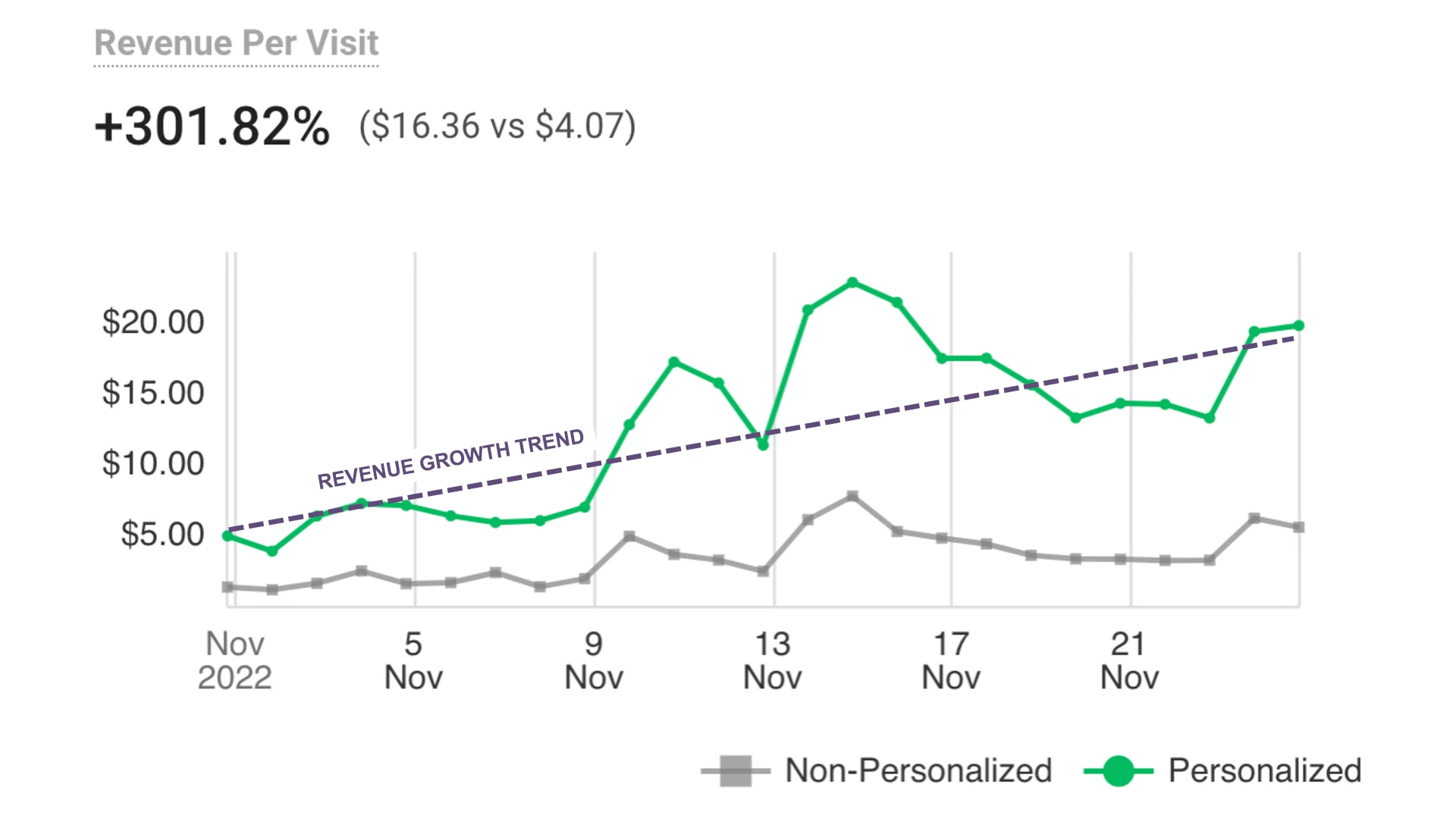
How Revenue Growth Automation works
The ultimate goal of Revenue Growth Automation is to remove the complexity involved in using customer data and AI algorithms to drive new revenue from existing web traffic.
This is achieved through the use of Growth Bots powered by AI algorithms, with each Growth Bot suited for a particular customer interaction scenario. The more Growth Bots you activate in your store, the more customer interaction points you automate, and the better results you get.
Act I: Select and activate a Growth Bot
Growth Bots are the building blocks of your Revenue Growth Automation setup. They are quick to activate micro applications designed to maximize revenue outcomes of a specific customer interaction scenario in your store.
All you need to do is select and press the Growth Bot’s play button. No IT needed.
EXAMPLE
Growth Bots are a fusion of AI, dynamic products, and branded content, built to help you achieve desired revenue growth goals.

(mouse over / tap to learn more or view a demo)
Act II: Harness the power of AI algorithms
The core of Growth Bot success is the use of the most advanced machine learning algorithms.
That’s why Obviyo’s application uses Amazon’s own groundbreakingly powerful AI algorithms that adapt to live visitor actions in real time.
Diagrams below compare conventional algorithms and those powered by Amazon’s own AI.
Conventional algorithms
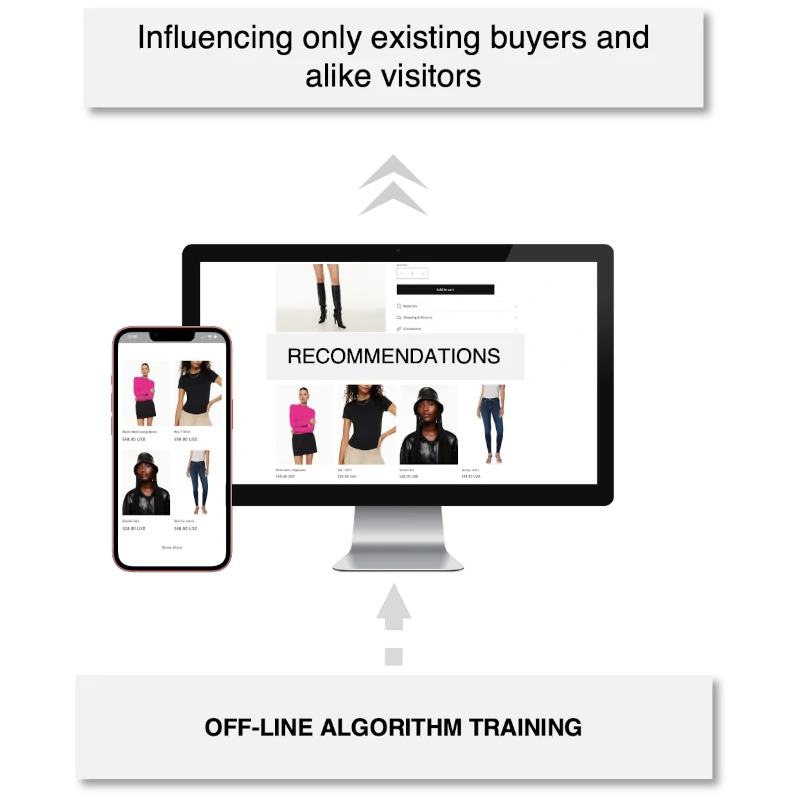
Using historical data to train algorithms off-line – then serving future visitors.
Amazon’s algorithms
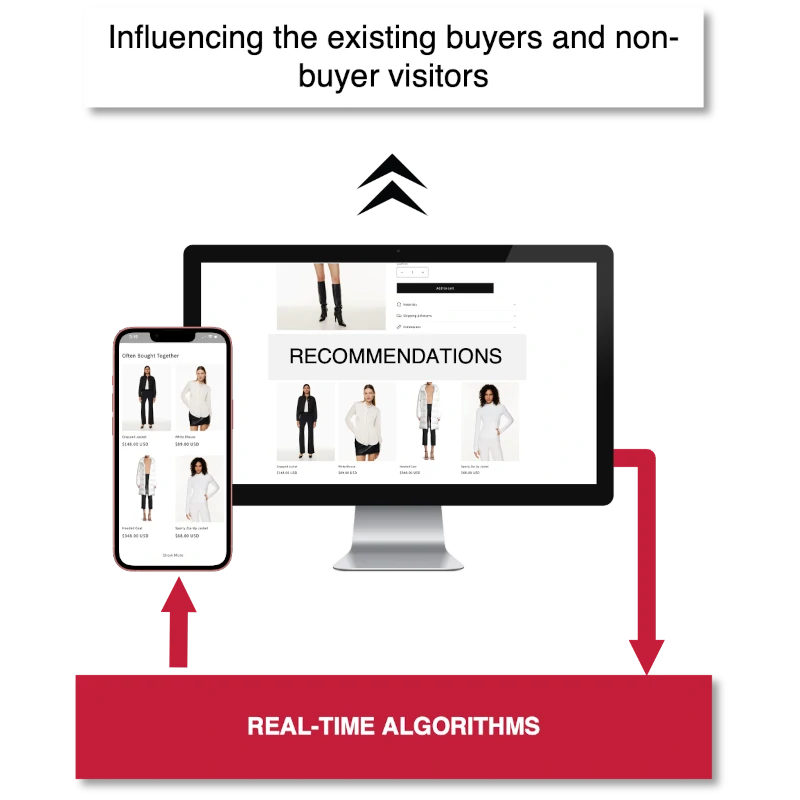
Using live actions to train algorithms – adapting to visitor needs in real time.
Powered by Amazon’s AI
Integrated with ‘Amazon Personalize’ – Amazon’s own personalization engine – Obviyo can continuously adapt to a visitor’s actions in real time.
“Obviyo allows brands of any size to benefit from personalization based on the same technology that is powering product recommendations on Amazon.com.”
ZOE HILLENMEYER
Head of Business Development for AI, Amazon – AWS
Act III: Build a ‘wide net’ to maximize the revenue potential of your site
There are an almost infinite number of ways different visitors at different stages of the buying journey can engage with different aspects of your site.
To enable the automation of as many engagement scenarios as possible, we are developing an ever growing library of Growth Bots.
The more Growth Bots you activate the higher the percentage of all your web traffic will engage with them.
Since customers who engage with Growth Bots have a higher chance of converting, the more you set up your site for increased visitor engagement the higher your overall site revenue will be.
Growth Bot collections
Similar to how you group products in your own store, we’ve organized Growth Bots in collections dedicated to different types of revenue growth activities.
Directly measurable results
REAL LIFE CUSTOMER EXAMPLE:
48.3%
$3,293,930 of $6,816,474
This metric depends on the breadth of your automation initiative and efficacy of the AI algorithms used.
13.9%
247,273 of 1,777,335
WIDE NET STRATEGY: the higher the number of automation points the higher the number of visits influenced.
489.07%
$13.32 vs of $2.26
REAL TIME CAPABILITY: using visitor actions and context to generate highly personalized experiences in real time.
Playbooks for best practices
Realizing that the number of available Growth Bots and the use case scenarios they represent may feel overwhelming Obviyo is in the process of developing a series of playbooks that encapsulate some of the best revenue growth practices.
Playbooks are designed to guide and inspire revenue growth automation initiatives.
VISITORS
Engage with a broad range of potential buyers.
Ecommerce sites are designed to serve likely buyers. Extend your brand appeal by turning passive browsers into new buyers with hyper-personalized product recommendations.
Engage New VisitorsFirst impression of your site is super critical – add intelligent product recommendations based on anonymous visitor attributes. |
|
Stage Multi-Visit Buying ExperiencesBuying journeys are increasingly fragmented – stage seamless buying experiences with product recommendations related to prior site visits. |
|
Delight Returning CustomersCustomers expect personalized experiences – present products that align with customer affinities and prior purchase history to increase lifetime value while driving sales of additional products. |
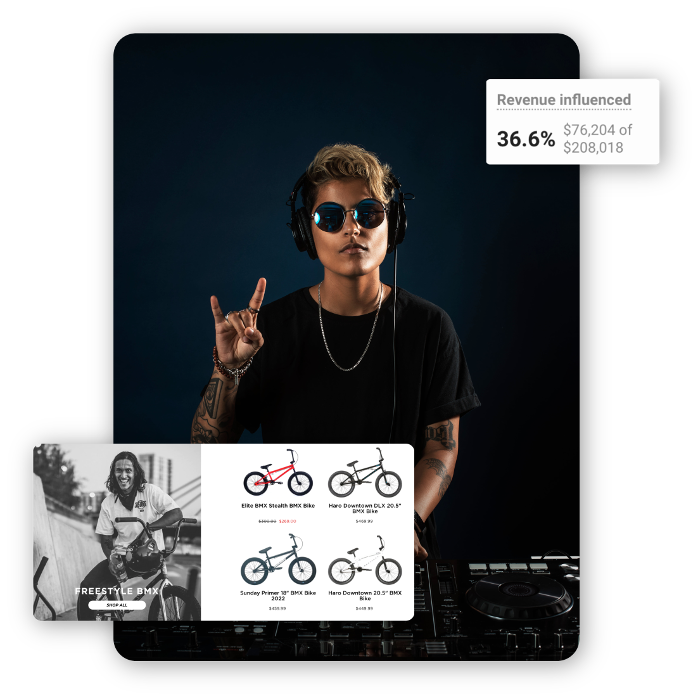
PRODUCTS
Effortlessly merchandize your products.
Every product has its own market – Obviyo gives you all the tools you need to present the right products to the right buyers at the right time.
Merchandize CollectionsStop relying on your site’s navigation and search features – accelerate product discovery with dynamically generated product collections. |
|
Dynamically Group ProductsShow your visitors what you’re all about – automatically present them with the most relevant products to drive their first (or next) purchase. |
|
Curate CollectionsYou are most intimate with your brand and market – freely curate branded content and products to differentiate your offering. |
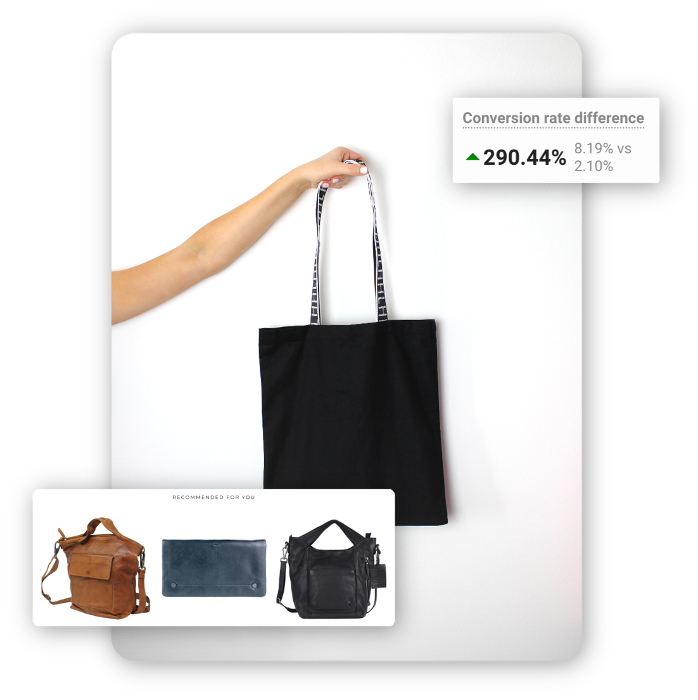
EXPERIENCE
Maximize revenue potential of every customer interaction.
With the rise in mobile shoppers, time on site is decreasing – make short buying sessions count with visitor action driven recommendations.
Adapt To Visitor BehaviorEvery web visitor action is a buying signal – leverage hyper-personalized product recommendations that adapt to visitor actions and context. |
|
Accelerate Customer LifecycleSome visitors are just discovering your brand while others are exploring or ready to buy – personalize products and collections to fit buyer lifecycle stage. |
|
Promote Right ProductsDemand for different products changes over time – promote the right products at the right time. |
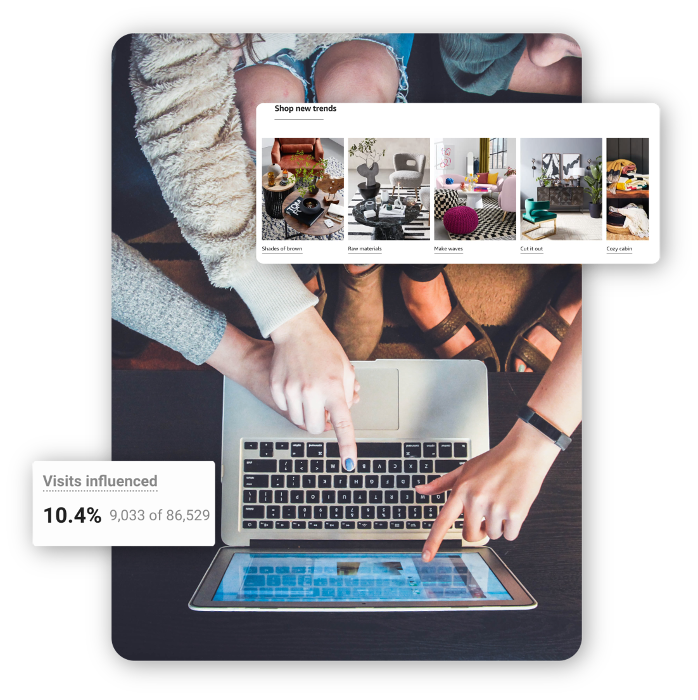
CONTENT
Stage memorable buying experiences.
Technical complexities of Shopify Stores limit your ability to fully market your products – use Obviyo’s Growth Bots to enrich branded experience at every location of your site.
Differentiate Your BrandMarketing content and standard ecommerce store framework do not mix well – use hyper-blocks to blend your branded content with dynamic products without any coding. |
|
Personalize For Multiple Buyer PersonasOnline shoppers are visual – inspire your key shoppers with a combination of lifestyle images and curated products. |
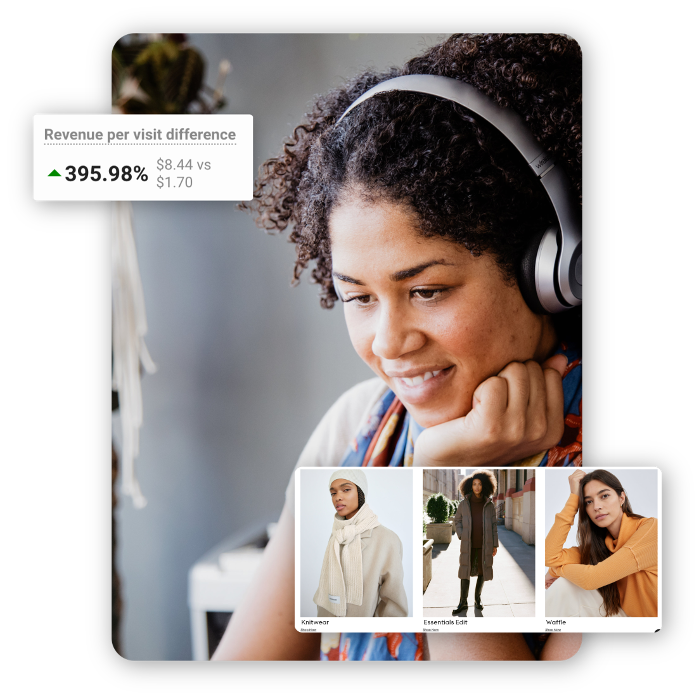
REVENUE
Increase average order and customer lifetime value.
No store can live on one-time and one product purchases alone – give customers a helpful nudge along the way.
Upsell And Cross-SellMaking personalized recommendations during checkout is often all it takes to sell an extra item or two – automate this functionality and watch average order value rise. |
|
Preempt Cart AbandonmentOn average 70% of all shoppers abandon their shopping cart – let Obviyo trigger a gentle reminder (or coupon) when it detects an intent to leave your site. It’s the easiest way to stop losing winnable sales. |
|
Personalized Email PromotionsMake sure your customers never go too long without purchasing – leave a lasting impression with hyper-personalized emails that suggest products based on prior site visit. |
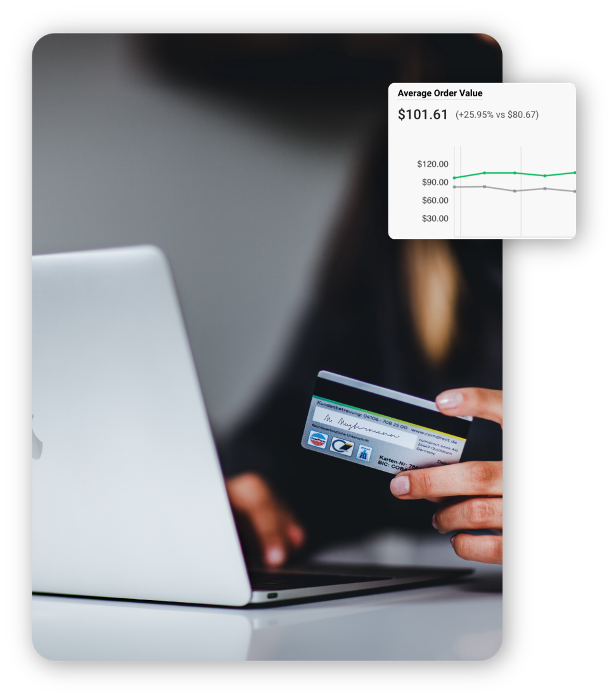
GOALS
Increase profitability. Manage inventory.
Minimize price discounting – apply business goals to product recommendations to drive sales of higher margin or high inventory items.
Increase ProfitabilityCustomer and business objectives may not be fully aligned – apply profitability goals to personalized recommendations. |
|
Manage InventoryStale product inventory is very costly – intelligently promote items with high inventory levels. |

- Visitors
-
VISITORS
Engage with a broad range of potential buyers.
Ecommerce sites are designed to serve likely buyers. Extend your brand appeal by turning passive browsers into new buyers with hyper-personalized product recommendations.

Engage New Visitors
First impression of your site is super critical – add intelligent product recommendations based on anonymous visitor attributes.

Stage Multi-Visit Buying Experiences
Buying journeys are increasingly fragmented – stage seamless buying experiences with product recommendations related to prior site visits.

Delight Returning Customers
Customers expect personalized experiences – present products that align with customer affinities and prior purchase history to increase lifetime value while driving sales of additional products.

- Products
-
PRODUCTS
Effortlessly merchandize your products.
Every product has its own market – Obviyo gives you all the tools you need to present the right products to the right buyers at the right time.

Merchandize Collections
Stop relying on your site’s navigation and search features – accelerate product discovery with dynamically generated product collections.

Dynamically Group Products
Show your visitors what you’re all about – automatically present them with the most relevant products to drive their first (or next) purchase.

Curate Collections
You are most intimate with your brand and market – freely curate branded content and products to differentiate your offering.

- Experience
-
EXPERIENCE
Maximize revenue potential of every customer interaction.
With the rise in mobile shoppers, time on site is decreasing – make short buying sessions count with visitor action driven recommendations.

Adapt To Visitor Behavior
Every web visitor action is a buying signal – leverage hyper-personalized product recommendations that adapt to visitor actions and context.

Accelerate Customer Lifecycle
Some visitors are just discovering your brand while others are exploring or ready to buy – personalize products and collections to fit buyer lifecycle stage.

Promote Right Products
Demand for different products changes over time – promote the right products at the right time.

- Content
-
CONTENT
Stage memorable buying experiences.
Technical complexities of Shopify Stores limit your ability to fully market your products – use Obviyo’s Growth Bots to enrich branded experience at every location of your site.

Differentiate Your Brand
Marketing content and standard ecommerce store framework do not mix well – use hyper-blocks to blend your branded content with dynamic products without any coding.

Personalize For Multiple Buyer Personas
Online shoppers are visual – inspire your key shoppers with a combination of lifestyle images and curated products.

- Revenue
-
REVENUE
Increase average order and customer lifetime value.
No store can live on one-time and one product purchases alone – give customers a helpful nudge along the way.
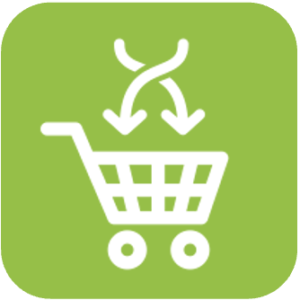
Upsell And Cross-Sell
Making personalized recommendations during checkout is often all it takes to sell an extra item or two – automate this functionality and watch average order value rise.
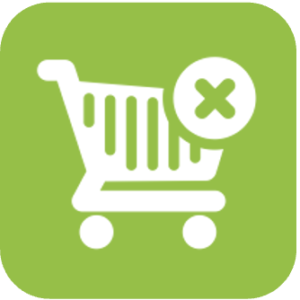
Preempt Cart Abandonment
On average 70% of all shoppers abandon their shopping cart – let Obviyo trigger a gentle reminder (or coupon) when it detects an intent to leave your site. It’s the easiest way to stop losing winnable sales.

Personalized Email Promotions
Make sure your customers never go too long without purchasing – leave a lasting impression with hyper-personalized emails that suggest products based on prior site visit.

- Goals
-
GOALS
Increase profitability. Manage inventory.
Minimize price discounting – apply business goals to product recommendations to drive sales of higher margin or high inventory items.
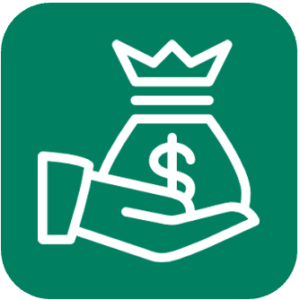
Increase Profitability
Customer and business objectives may not be fully aligned – apply profitability goals to personalized recommendations.

Manage Inventory
Stale product inventory is very costly – intelligently promote items with high inventory levels.






